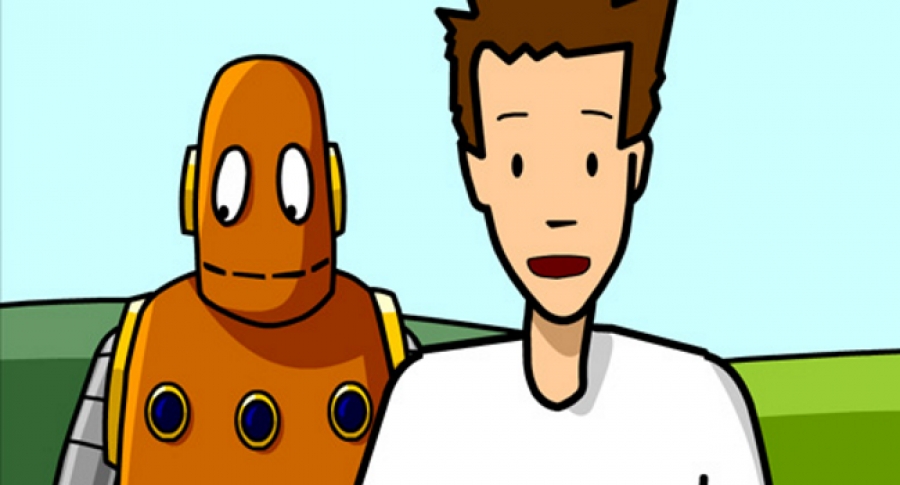"A lot of Primary Science becomes what I like to call “kitchen sink” Science."
The new curriculum has been a challenge, but it could also be seen as a healthy shake-up. There are so many creative teachers out there, and many resources don’t give them enough credit, restricting them to models of “do this first, then move on to this” which prevents them from further exploring the topic and enriching their pupils’ experience. Getting that curiosity and questioning going is the key to engagement, interest and ultimately, success.
A great way of doing this is to use real-life science. A lot of Primary Science becomes what I like to call “kitchen sink” Science, as limited budgets and resources often mean that teachers fall back upon traditional project work such as growing seeds in various conditions. And while these activities are great, as they allow children to get hands on and see the physical outcomes, there are so many more avenues that can be explored in this way.
For example, we ran a project in several schools in our local area called the AutoBOT mobile challenge. The children were tasked with designing a vehicle based around a two-litre pop bottle, which would be launched from a ramp and judged on the distance it travelled. This project combined both Science and Design Technology, as children had to consider gravity, force and friction in order to design the best wheels and axles for their vehicles.
This year will provide a really exciting opportunity for teachers to bring real science into the classroom. In December, the first British European Space Agency astronaut will travel to the International Space Station (ISS), where he will conduct various scientific experiments. With the government’s increased focus on teaching “British values” in schools, this is a fantastic illustration of the UK’s contributions to science and innovation. It can be difficult for children to get their heads around the idea that there is a real person visiting what is essentially a huge science lab floating above our planet, but it can also work as a highly effective inspiration: how will the rocket take him into space? What will he eat while he’s on the ISS? Is there weather in space?
Although it’s not possible for teachers to send their pupils into space, they can still foster concrete learning experiences by bringing as much of reality as is possible into the classroom. In using their imagination, children can believe that they are learning to become astronauts, which can be bolstered through participating in projects that give schools access to real scientific data, such as the nutritional information of space food provided by the ISS, or even seeds that have been stored in space!
It’s also possible to give children ownership over how they approach the subject, by giving them an end goal, but no restrictive instructions of how to get there; the pupils will then come up with their own creative solutions which they can share with and present to their classmates.
"It can be difficult for children understand that there is a real person visiting what is essentially a huge science lab."
Of course, with time restrictions, it can be very difficult to incorporate an entire project into the short lessons allowed for Science within the school day, so finding a way of making the best of the time is crucial. Overarching topics such as space can be used across a variety of subjects, such as English and creative writing, or Mathematics and making calculations. Working in this thematic way can also boost cross-curricular links which are not only vital to an enriched understanding, but also helpful for teachers in delivering the diverse curriculum.
There are so many additional places for discovery beyond the scope of lesson plans, and teachers shouldn’t be afraid of deviating from the course content. Storytelling, games and experiments are a fantastic way of getting children involved in any subject, but being able to link it to a real-life situation, especially one so extraordinary as space travel, will really spark their enthusiasm and imagination!
How do you bring real science into the Science classroom? Share your tips below.


















